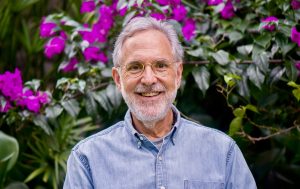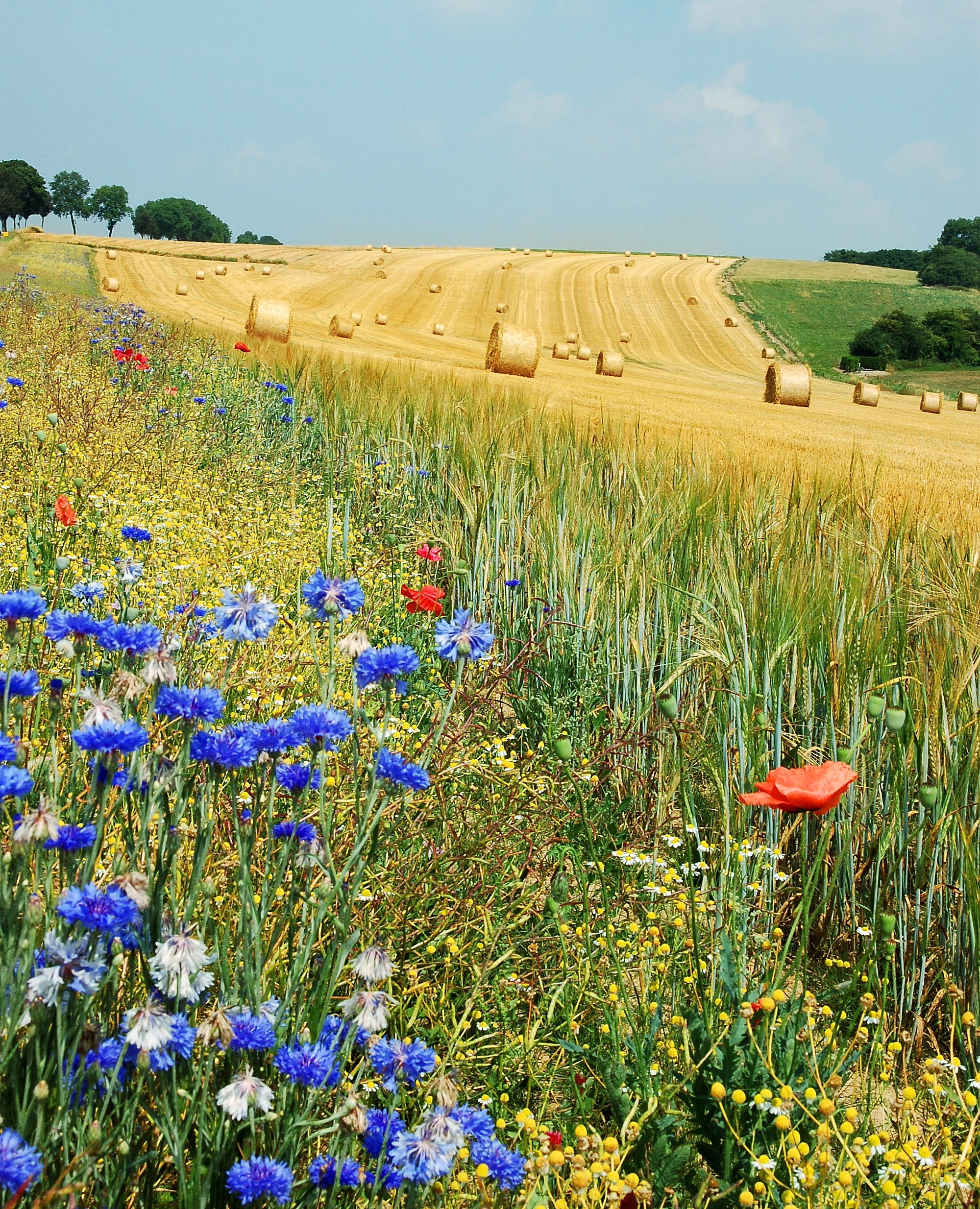Regenerative agriculture is the fastest-growing trend in farming and food. A tipping point seems to have been reached as more and more food companies, small and large, make commitments to advance regenerative agriculture with its focus on soil health and carbon sequestration to reverse climate change. General Mills committed to regenerating one million acres of farmland; Cargill recently announced plans to regenerate 10 million acres. Seven farms and brands including Nature’s Path and Patagonia recently received Regenerative Organic Certification. Even retail giant Walmart announced its intention to become a “regenerative company.”
But what does regenerative mean? Unlike “organic,” which is a defined term backed by a regulatory system, “regenerative” has no such commonly accepted definition. Agriculture and food companies and non-profit groups are making regenerative claims. How valid are they? Are some companies holding regenerative to a high standard while others are greenwashing the term?
Regenerating soils and ecosystems

Jeff Moyer, executive director, Rodale Institute
The term “regenerative” as it applies to agriculture was first used by organic gardening pioneer Robert Rodale, according to Jeff Moyer, executive director of the Rodale Institute.
“Bob Rodale was really philosophically in tune with the idea that, if you focus on the biology of the system, you can improve it. He then extrapolated that to say that if we can regenerate soil health, we can regenerate the health of the farmers and their customers. We can regenerate the spirit of the community in which farmers live,” Moyer says.
The Rodale Institute spearheaded development of the Regenerative Organic Certification (ROC) program, which recently began certifying farms and food brands. The ROC program focuses on soil health as well as animal welfare and social justice, attributes not covered by the National Organic Program rules. The certification has three levels—bronze, silver, and gold—that farmers can attain by showing continuous improvement in regenerative organic practices. These include planting cover crops and diverse crop rotations, no-till or minimal soil disturbance, and managed grazing of livestock.
According to Moyer, organic is prerequisite for being considered regenerative.
“We believe that in order to be regenerative, you have to start by being organic. It’s a little disingenuous to say you can regenerate soil health and sequester carbon and still use nitrogen fertilizers and synthetic pesticides. What you’re really saying is equivalent to saying ‘I want to be healthy as a person, but I still want to smoke cigarettes.’”

Tom Newmark, found of The Carbon Underground
Tom Newmark, founder and chair of the Carbon Underground, has a different perspective. “Regenerative agriculture as practiced broadly around the world, is about ecosystem health. Its focus is on reviving, restoring, regenerating the health of damaged and diminished ecosystems,” he says.
The Carbon Underground along with Green America’s Center for Sustainability Solutions, Ben & Jerry’s, Danone North America, and other stakeholders are developing a Soil Carbon Index (SCI) that aims to “restore the health of soil as a means to mitigate climate change while improving the economic viability of farmers around the world,” Newmark says.
SCI has four key criteria: increasing soil organic matter, continuous improvement in biological diversity above and below ground, improvements in soil structure, and increased water use efficiency or infiltration. An SCI standard has been developed, and it is being tested in pilot farms around the world. The aim is to scale SCI quickly in order to meet the urgency of the climate crisis.
Unlike the ROC, a farmer doesn’t have to be organic to participate in the SCI program. Newmark, who owns an organic farm and calls himself “an organic zealot,” says: “We clearly salute those who practice organic. But we don’t want to impose on two billion smallholder farmers an expensive, complicated organic certification requirement in order for them to be deemed regenerative.”
Newmark cites the fact that organic farmland accounts for less than one percent of U.S. farmland and just over one percent worldwide, which he says isn’t going to make a big enough impact on drawing down carbon and reversing climate change.
“We have a desperate need to draw down as much of the excess legacy carbon dioxide in the atmosphere as we can and put it back to work for us in healthy soil. In order to do that you need to have a lot of land enrolled in regeneration,” he says.

Tina Owens, senior director food and agriculture impact, Danone North America
Tina Owens, Danone North America’s senior director food and agriculture impact, agrees.
“If we look outside the 1% of organic acreage to the other 99% then even incremental changes can have larger impacts on climate, while awakening farmers to a regenerative way of thinking. This is not an organic versus conventional argument, but rather about broad spectrum change of all farmers, regardless of where they’re at in the agriculture system.”
Danone defines regenerative agriculture as a set of farming practices that protect soils, water, and biodiversity, and respects animal welfare. Danone is an SCI partner and has committed $6 million plus another $3 million in grant funding to soil health and regenerative agriculture research programs. The company has enrolled 50,000 acres in its soil health program, including organic land, with a goal of expanding to 100,000 acres by 2022.
One of Danone’s farmers, Rick Clark, is in a unique position, having farmed conventionally, regeneratively, and organically on his 7,000-acre Indiana farm. How does he define regenerative agriculture?
“I think if you want truly be regenerative you have to take all inputs away, fertilizers, chemicals, insecticides, tillage, and seed treatments. Then it’s logical for you to be organic. I call it regenerative organic stewardship,” he says.
Pesticide use in regenerative agriculture

Dag Falck, organic program manager, Nature’s Path
Nature’s Path is one of the first companies to launch a Regenerative Organic Certified product. Dag Falck, organic program manager at Nature’s Path, says there needs to be a clearer conversation about what regenerative agriculture is.
“The ROC has done this with a clear standard. Others don’t have a well-defined definition of what regenerative agriculture means. Is it because they don’t want to define it because they don’t want to talk about agricultural chemicals?”
In fact, pesticides are one of the big sticking points in the conversation around regenerative and regenerative organic discussion. Regenerative organic, like certified organic prohibits their use.
“What is regenerative about putting something on the soil that kills soil microorganisms year after year?” Falck asks.
Many farmers who grow cover crops will terminate them with glyphosate herbicide prior to spring planting.
Wrangler jean company recently announced a regenerative agriculture project with its cotton production but there was no mention of pesticide reduction on a crop that consumes 16% of all the world’s insecticides and 6.8% of all herbicides.
In a 2019 paper, “Pesticides and Soil Health,” Kendra Klein, senior scientist at Friends of the Earth, says that failure to talk about pesticide reduction opens the regenerative agriculture movement to being co-opted by the pesticide industry.
On the other hand, Newmark says that not allowing farmers to participate in a regenerative agriculture system unless they abandon the use of any synthetic input is “not a productive way to heal the planet.”
In fact, he says that regenerative practices naturally lead to a reduction or elimination of pesticide use.
“Let’s fix the problem, the broken ecosystem, and then we will inevitably see a falling off in the use of those offensive compounds. As farmers regenerate their soils, their use of synthetic inputs invariably drops off and ultimately becomes zero,” Newmark says.

Indiana farmer Rick Clark
That has been Rick Clark’s experience. His use of practices such as cover crops and no-till allowed him to eliminate the use of agricultural chemicals. He is now converting the majority of his land to organic.
“I’m trying to do this as natural as possible and removing all inputs. In my mind all these inputs have to be gone from the system,” Clark says.
Falck applauds Clark and other farmers who eliminate the use of pesticides but is skeptical that most others will do so.
“Adding more practices that are climate friendly and that capture more carbon; if that leads more farmers to use less chemicals, that’s a good thing. The problem is that a number of farmers and companies won’t do that. They will make a regenerative claim but won’t change their agrichemical practices.”
Owens says Danone avoids alienating farmers who use pesticides so they will participate in their soil health program.
“This is about how you meet farmers where they’re at. We don’t want to demonize what they’re currently doing at risk of being unable to draw them into the conversation of where we want them to go.”
“United in a vision”
Despite differences, supporters of regenerative and regenerative organic are seeking common ground. Farmers of both approaches use many of the same soil building regenerative practices such as cover crops and diverse crop rotations.
Newmark emphasizes that the SCI approach is “collaborative and supportive of the organic movement.”
In fact, Newmark and Moyer co-wrote the introduction to a recent white paper from the Rodale Institute called “Regenerative Agriculture and the Soil Carbon Solution.”
“We are united in a vision,” Newmark says. “We don’t want to get caught up in a tribal dispute as to which is better. They are all great. Let’s go forward and heal the planet.”
Moyer says: “The paper is trying to find some common ground, some common language, so we can begin to have that discussion and then move people along that spectrum to regenerative organic.”
Looking at the big picture, Owens says the regenerative agriculture movement has become the main focus of the food and agriculture industry is less than five years.
“If we leave behind the competitive factor and look at the spectrum of change that’s occurring worldwide for the mitigation of climate change, then what we’re seeing is a huge sea-change in adoption and understanding. We must continue onboarding more of the 99% into this space.”
Falck says it will be positive if larger companies adopt truly regenerative practices in their supply chains. “If that influences them to a better way of farming, that’s great. There’s always a chance that things will move in the right direction. Consumers will have an impact on that.”
“If we choose the right path and farm in the right way, we can have all the food we need, and we can improve the soil while we do it, and that’s a pretty powerful statement,” Moyer says.





